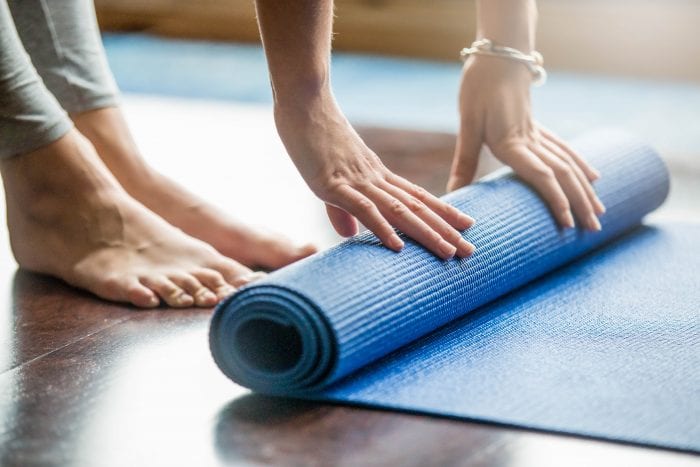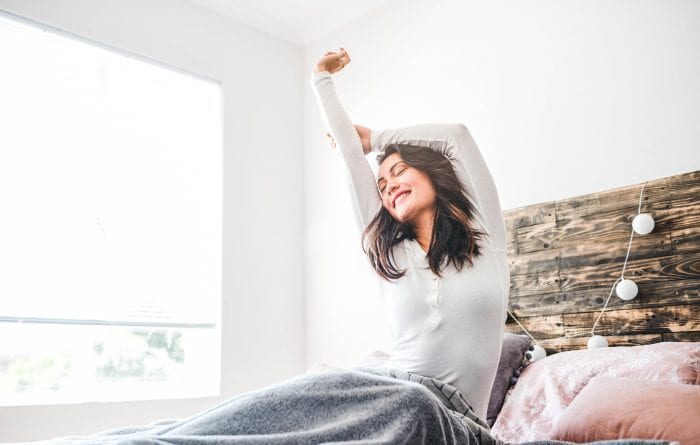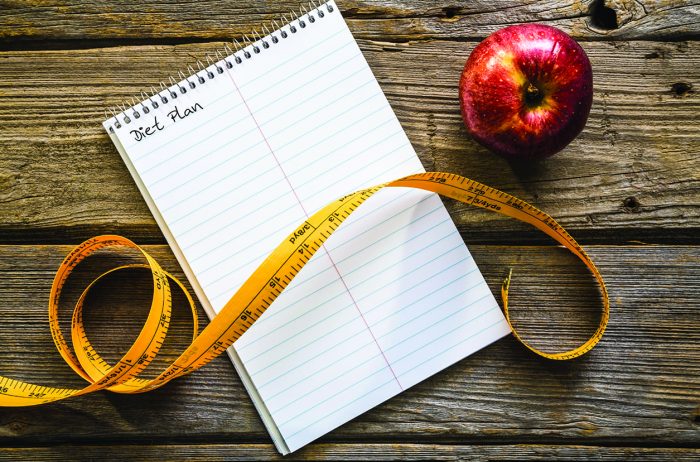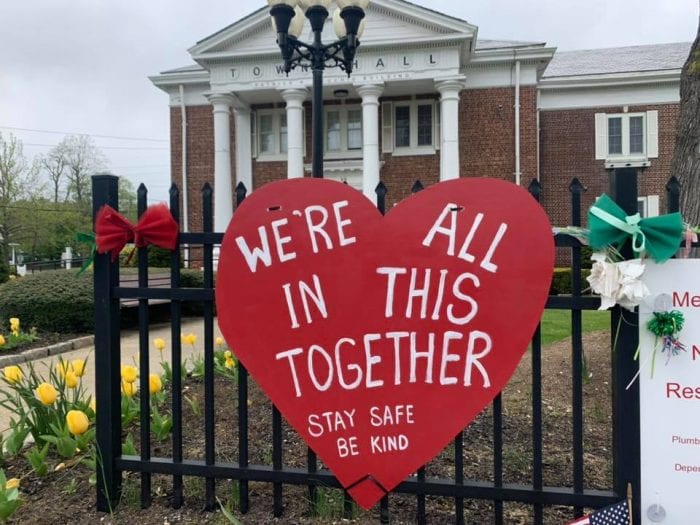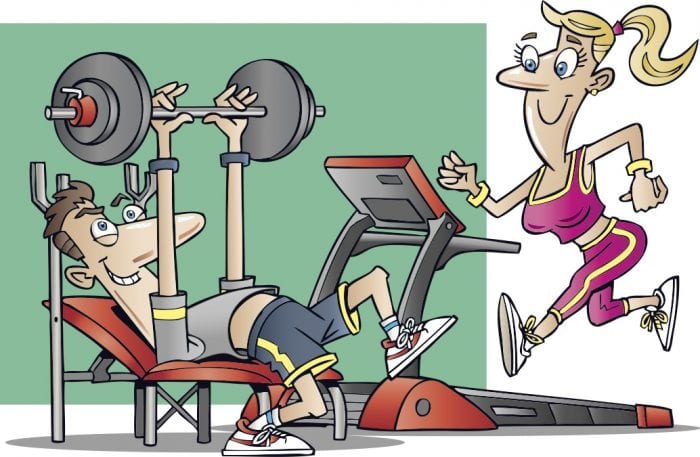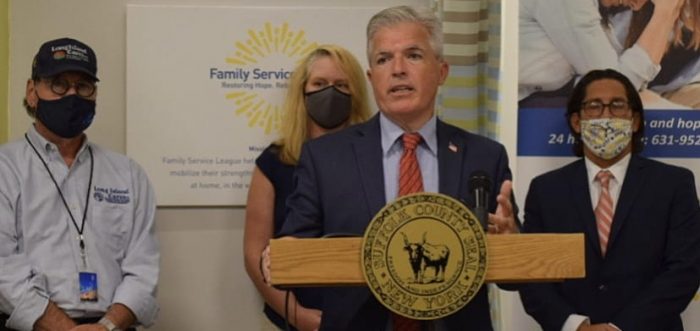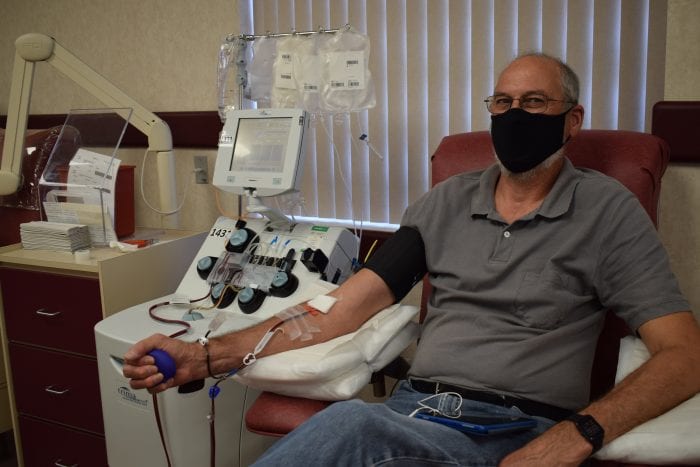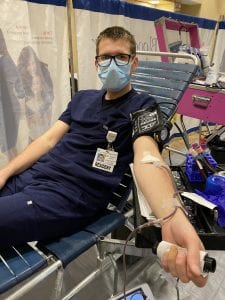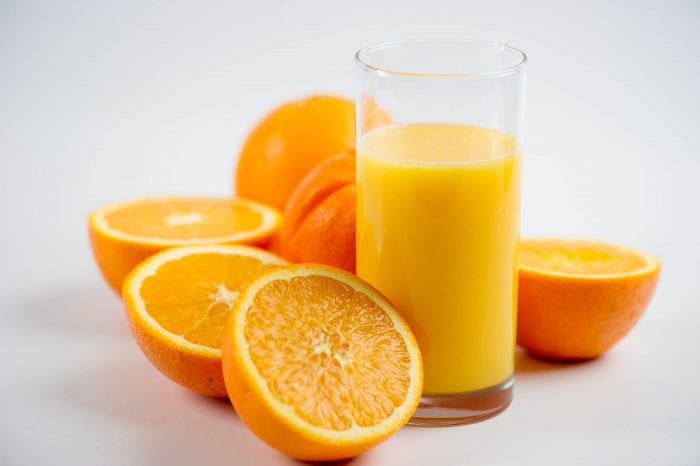Fear of falling can lead to greater risk
By David Dunaief, M.D.

Earlier in life, falls usually do not result in significant consequences. However, once we reach middle age, falls become more substantial. Even without icy steps and walkways, falls can be a serious concern for older patients, where consequences can be devastating. They can include brain injuries, hip fractures, a decrease in functional ability and a decline in physical and social activities (1). Ultimately, a fall can lead to loss of independence (2).
Contributors to fall risk
Many factors contribute to fall risk. A personal history of falling in the recent past is the most prevalent. But there are many other significant factors, such as age and medication use. Some medications, like antihypertensive medications used to treat high blood pressure and psychotropic medications used to treat anxiety, depression and insomnia, are of particular concern. Chronic diseases can also contribute.
Circumstances that predispose us to falls also involve weakness in upper and lower body strength, decreased vision, hearing disorders and psychological issues, such as anxiety and depression (3).
Simple fall prevention tips
Of the utmost importance is exercise. But what do we mean by “exercise”? Exercises involving balance, strength, movement, flexibility and endurance all play significant roles in fall prevention (4).
Many of us in the Northeast are also low in vitamin D, which may strengthen muscle and bone. This is an easy fix with supplementation. Footwear also needs to be addressed. Nonslip shoes are crucial indoors, and outside in winter, footwear that prevents sliding on ice is a must. Inexpensive changes in the home, like securing area rugs, can also make a big difference.
Medication side-effects
There are a number of medications that may heighten fall risk. As I mentioned, psychotropic drugs top the list. But what other drugs might have an impact?
High blood pressure medications have been investigated. A propensity-matched sample study (a notch below a randomized control trial in terms of quality) showed an increase in fall risk in those who were taking high blood pressure medication (5). Those on moderate doses of blood pressure medication had the greatest risk of serious injuries from falls, a 40 percent increase.
While blood pressure medications may contribute to fall risk, they have significant benefits in reducing the risks of cardiovascular disease and events. Thus, we need to weigh the risk-benefit ratio in older patients before considering stopping a medication. When it comes to treating high blood pressure, lifestyle modifications may also play a significant role in treating this disease (6).
How exercise helps
All exercise has value. A meta-analysis of a group of 17 trials showed that exercise significantly reduced the risk of a fall (7). If the categories are broken down, exercise led to a 37 percent reduction in falls that resulted in injury and a 30 percent reduction in those falls requiring medical attention. Even more impressive was a 61 percent reduction in fracture risk.
Remember, the lower the fracture risk, the more likely you are to remain physically independent. Thus, the author summarized that exercise not only helps to prevent falls but also fall injuries.
Unfortunately, those who have fallen before, even without injury, often develop a fear that causes them to limit their activities. This leads to a dangerous cycle of reduced balance and increased gait disorders, ultimately resulting in an increased risk of falling (8).
What types of exercise?
Tai chi, yoga and aquatic exercise have been shown to have benefits in preventing falls and injuries from falls.
A randomized controlled trial showed that those who did an aquatic exercise program had a significant improvement in the risk of falls (9). The aim of the aquatic exercise was to improve balance, strength and mobility. Results showed a reduction in the number of falls from a mean of 2.00 to a fraction of this level — a mean of 0.29. There was also a 44 percent decline in the number of exercising patients who fell during the six-month trial, with no change in the control group.
If you don’t have a pool available, Tai Chi, which requires no equipment, was also shown to reduce both fall risk and fear of falling in older adults in a randomized control trial of 60 male and female participants (10).
Another pilot study used modified chair yoga classes with a small assisted living population (11). Participants were those over 65 who had experienced a recent fall and had a resulting fear of falling. While the intention was to assess exercise safety, researchers found that participants had less reliance on assistive devices and three of the 16 participants were able to eliminate their use of mobility assistance devices.
Thus, our best line of defense against fall risk is prevention. Does this mean stopping medications? Not necessarily. But for those 65 and older, or for those who have arthritis and are at least 45 years old, it may mean reviewing your medication list with your doctor. Before considering changing your blood pressure medications, review the risk-to-benefit ratio with your physician.
References:
(1) MMWR. 2014; 63(17):379-383. (2) J Gerontol A Biol Sci Med Sci. 1998;53(2):M112. (3) JAMA. 1995;273(17):1348. (4) Cochrane Database Syst Rev. 2012;9:CD007146. (5) JAMA Intern Med. 2014 Apr;174(4):588-595. (6) JAMA Intern Med. 2014;174(4):577-587. (7) BMJ. 2013;347:f6234. (8) Age Ageing. 1997 May;26(3):189-193. (9) Menopause. 2013;20(10):1012-1019. (10) Mater Sociomed. 2018 Mar; 30(1): 38–42. (11) Int J Yoga. 2012 Jul-Dec; 5(2): 146–150.
Dr. David Dunaief is a speaker, author and local lifestyle medicine physician focusing on the integration of medicine, nutrition, fitness and stress management. For further information, visit www.medicalcompassmd.com.

